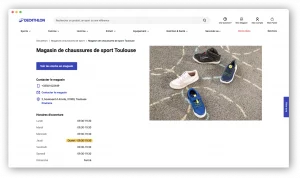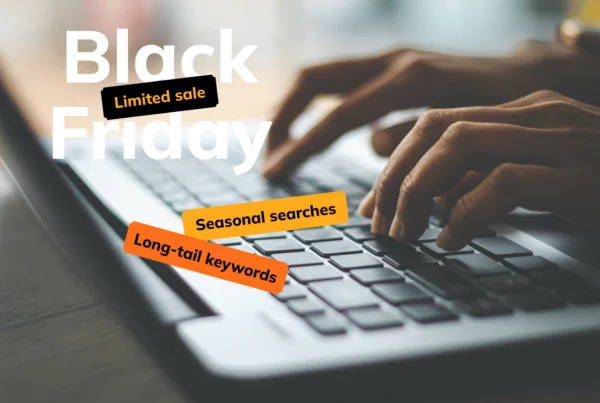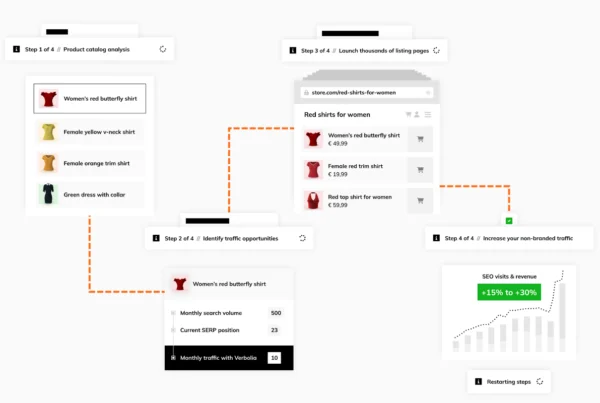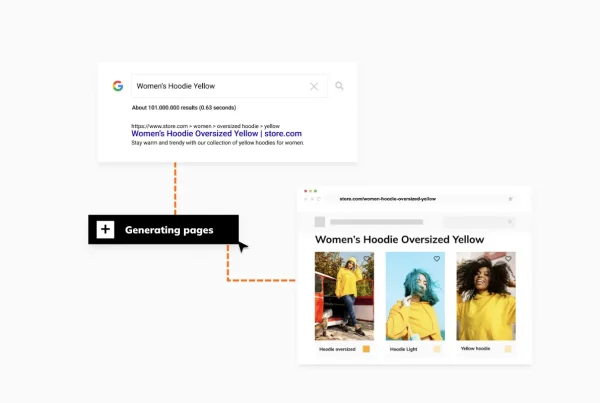Why your e-commerce strategy should include driving customers back in-store
Estimated reading time: 4 minutes
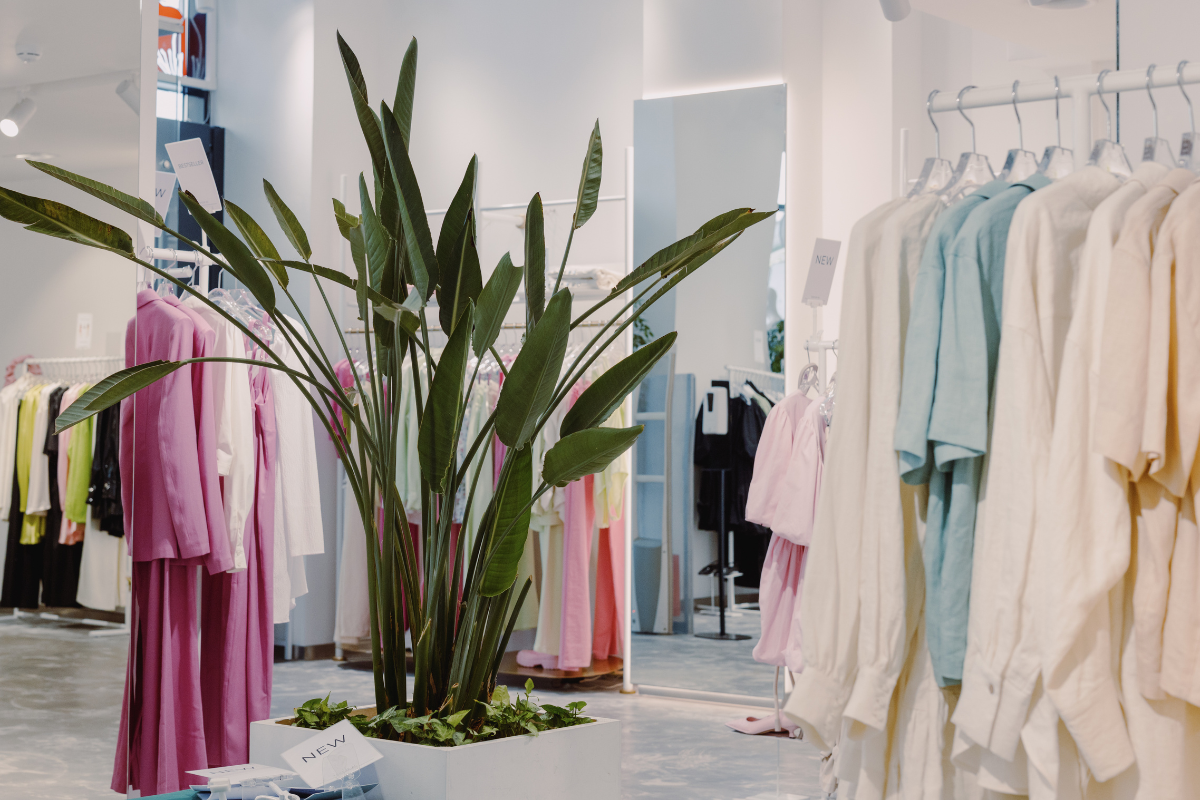
E-commerce is essential, but many brands overlook a powerful growth lever: using online channels to drive customers back into physical stores. Brick-and-mortar locations remain major revenue drivers, strengthening customer relationships and boosting margins. With the right SEO and content strategy, your e-commerce site can capture online revenue and guide customers to your physical locations.
Most e-commerce brands started as physical stores. While online traffic acquisition is critical, physical stores often remain the largest revenue and margin drivers.
Why?
- In-store visits build customer relationships.
- Customers can try products before purchasing, reducing returns.
- Physical stores offer cross-sell opportunities.
- Many customers still prefer the immediacy and experience of in-store shopping.
Even in a digital-first world, your e-commerce strategy should not ignore the value of bringing customers back in-store.
The challenge: e-commerce revenue ≠ always profit
Many brands see high online traffic but low margins due to:
- High return rates (especially in apparel & the fast fashion industry).
- Shoppers ordering multiple items and returning most.
- Fewer opportunities for personalized upselling.
- Weak customer relationship building.
A blended approach, using e-commerce to drive store traffic, helps mitigate these challenges while continuing to capture online demand.
A real example: How Decathlon uses Vpage to drive in-store traffic
Global sports retailer Decathlon wanted to increase in-store visits while leveraging online visibility.
Using Verbolia’s Vpage CMS with multi-layout functionality, Decathlon:
-
- Created SEO-optimized landing pages at scale for local searches like:
- “Bike repair store in Brussels”
- “Football gear shop near me”
- Built pages that not only displayed store location but also:
- Product selections
- Local store information
- Tailored content
- Automated page creation across all cities and product categories, ensuring discoverability for local search terms.
- Created SEO-optimized landing pages at scale for local searches like:
This approach allowed Decathlon to capture online traffic while converting part of that audience into in-store visits, strengthening brand engagement and boosting revenue.
Example of drive-to-store pages generated via Vpage for Decathlon
How to use your e-commerce site to drive in-store traffic
If you want to leverage your online presence to increase physical visits:
- Create local, store-specific pages: Optimize for keywords like “running shoes store [city]” or “outdoor gear near me.”
- Enrich pages with local content: Opening hours, store features, staff highlights, and service offerings.
- Integrate product displays: Showcase what customers can find in-store.
- Make these pages SEO-optimized: Use clear meta titles, structured data, and consistent updates.
Using tools like Verbolia’s Vpage, you can automate and scale this process efficiently without IT dependency, aligning SEO efforts with your store network strategy.
Why Verbolia helps you scale drive-to-store strategies
With Vpage, you can:
- Identify high-intent local search queries automatically.
- Create store-specific, SEO-optimized pages at scale using our multi-layout feature.
- Integrate your product feed and store information for dynamic, relevant content.
Driving in-store traffic is no longer manual or expensive. It can be automated, optimized, and fully integrated into your SEO roadmap.
Instead of relying on one generic location page per store, you can build hundreds of targeted, high-ranking location pages for every relevant query.
FAQ: driving in-store traffic from e-commerce
Why should I drive store visits if I already have strong e-commerce traffic?
Physical stores often yield higher margins and deepen customer relationships while reducing return rates.
Can SEO help drive foot traffic?
Yes, by creating local, keyword-optimized pages targeting “near me” and location-specific searches.
How do I scale local landing pages without draining resources?
Tools like Verbolia’s Vpage automate page creation and optimization, even for thousands of local queries.
What types of pages should I create?
Product listing pages, drive-to-store pages, local service pages (e.g., “bike repair near me”), and seasonal promotion pages tied to local stores.
How long does it take to see results?
Brands typically see visibility within weeks, with significant impact on in-store visits within a few months when combined with strong local SEO signals.
About The Author
How can Verbolia help your e-commerce platform.
